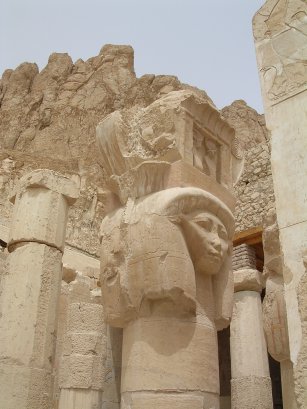Today’s blog is a book review, but unusually for me of a work by a long-dead author, Margaret Cavendish, Duchess of Newcastle-upon-Tyne (1623-1673). She published The Blazing World back in 1666, the same time that John Bunyan was serving a prison sentence for his beliefs and Samuel Pepys was writing about the Great Fire of London. I came across it in a list of seminal female science fiction writers which circulated on Google+. Nowadays it is available on kindle at a very reasonable price, and no doubt elsewhere as well, a fact that might well intrigue and amuse Margaret.
As I go on to say in the review, the book is not for readers who crave a fast-paced plot with regular cliff-hangers. Its concerns are very different from those of many modern authors. But as a window into the forward-thinking perspective of an older time, and as a precursor to much modern writing, it deserves better exposure. Happily, it is taught as part of some English literature university courses here in the UK, and available electronically to an interested modern reader. Long may this situation last!

==============The review===========
I first heard about Margaret Cavendish’s The Blazing World through a friend on Google+ and was intrigued. A female science fiction writer from the time of the Plague and the Great Fire of London? Since the kindle version is so extraordinarily cheap I had to follow this through, and am very glad that I did.
First though, let me say that not all readers will enjoy this book. It is, naturally enough, written in an older form of English in which many words do not have quite the same sense as today. The most obvious example is “artificial“. Today, if we see “artificial” in contrast to “natural” we tend to think that using “artificial” suggests that the thing is lacking in some way, clunky in comparison with the natural. But in the 17th century, it was used to indicate that something has been made by art, or artifice if you like, and so reveals something of ingenuity or creativity, as opposed to a raw product. A precious stone just out of the ground would be natural; the polished and shaped gem would be artificial.
Also, Margaret had no interest in fulfilling the plot expectations of some modern critics. Many things do happen, and I found the overall imaginative sweep gripping, but you won’t find a visceral cliff-hanger every few pages. Personally I liked this and it was a refreshing change from some of the formulaic modern material one encounters.
Finally, Margaret is just as interested – perhaps more so – in the philosophical shape of her world as the material one. There are descriptions of the physical layout of the Blazing World and how it might be accessed from our own. But there are also long sections in which one of the main female characters engages in intellectual debate with some of that world’s schools and learned institutions. Some of these are sympathetically presented, others plainly satirical, though you would have to know more than I about the intellectual landscape of her time to really appreciate the satire. It’s a bit like reading parts of Dante and trying to puzzle of why a particular person is being lampooned.
All in all, some modern readers would become impatient and frustrated with the book. For those who persevere with it, the gentle charm of the book draws you in. There is an inter-planetary war, and the invention of devices like submarines and torpedoes, but the real interest is in the intimacy of human contact, and the ultimate superiority of the world of the imagination over the world of external things. Particularly striking examples are “Why should you desire to be Empress of a Material World… when as by creating a World within yourself, you may enjoy … as much pleasure and delight as a World can afford you“, and again “if any should like the World I have made.and be willing to be my Subjects, they may imagine themselves such… but if they cannot endure to be Subjects, they may create Worlds of their own“. This theme increasingly comes to drive the narrative.
I became convinced as I read that modern authors such as Arthur C. Clarke have been influenced by The Blazing World. I was particularly reminded of the passage from 2001: “So almost certainly there is enough land in the sky to give every member of the human species, back to the first ape-man, his own private, world-sized heaven–or hell” – though in that case Clarke was thinking purely concretely in terms of stars in our galaxy, rather than imaginatively.
So five stars from me, along with a sincere wish that in whatever form Margaret might yet survive, she is able to receive modern appreciation of her work. This tale is not for everyone, certainly not for those who are impatient for a high-octane or erotically-charged plot, but personally I thoroughly enjoyed meeting this work and its author.










